
Telehealth has been a growing trend over the past 5 years, and the coronavirus pandemic has rapidly accelerated its use, but will telemedicine and Telehealth continue to grow, or will it die out with the pandemic?
First, let’s define Telehealth and Telemedicine, what do the terms really mean?
- Telehealth is the use of digital information and communication technologies to access healthcare services remotely and manage health care. Telehealth can refer to many different things including health education services, remote monitoring of vital signs, and other remote clinical and non-clinical services.
- Telemedicine is a much more focused term which refers specifically to remote clinical care between a patient and a doctor.
The idea of telemedicine has been around for a long time, but its potential is only just beginning to be realized. Physician use of telemedicine has been growing over the past few years, in fact its use rose 340% between 2015 and 2018, with about 22% of doctors using telemedicine in 2018 compared to just 5% in 2015. The big jump in telemedicine services is due to patient demand, as a 2017 survey found that 77% of patients would see a physician virtually.
Patients can use Telehealth services in different ways and for different issues. In 2016, the top diagnostic category for Telehealth was mental health which accounted for 31% of all claims, but the category fell in 2017 to only account for 7% of claims. Other categories rose to fill in this gap in 2017 with injuries or digestive system issues making up 13% of all Telehealth diagnoses.
How is Telehealth changing and helping doctors treat their patients? Here are a few trends that we are seeing.
Telemedicine is starting to be covered by more insurers
As telemedicine has exploded in recent months, more insurance companies as well as government programs are covering it, making it easier for patients to get the care they need. In fact, when the COVID-19 pandemic first struck America, the Trump Administration “Took bold and rapid action to dramatically expand services that can be provided via telehealth and make it far more convenient for patients and providers”, according to Alex M. Azar, the HHS secretary. As the entire healthcare landscape changed with the pandemic, the government and insurance companies are working to make it easier for everyone to receive the care that they need without having to risk their own or others health. In February of 2020, less than 1% of Medicare primary care visits were done via telemedicine, and as that number rocketed up to 43.5% in April, the government took the necessary action to facilitate this change.
There are till obstacles to fully utilize telemedicine
Although telemedicine has been a great solution to provide care during a highly contagious pandemic, it is not yet perfect and some doctors are still hesitant to fully embrace it. In 2018, a survey found that 90% of physicians viewed virtual care positively, but only 14% had the video capabilities at that time. Additionally, many patients that would greatly benefit from telemedicine do not have the technology to utilize it. Another obstacle that doctors must overcome is simply how new telemedicine is. Many older doctors who are great at their jobs and providing in-person care, do not get the training or knowledge they need about telemedicine to be able to accept it in practice.
It's all about mHealth
The use of mobile devices as a way to administer Telehealth services is called mHealth, and it is a growing trend. Using mobile devices is convenient and easy for many patients as a way to get the care they need and communicate with physicians. Many apps have been developed to help with mHealth, and many more are being developed to help find the right way for patients to be treated virtually. As most people own a smart phone device, mHealth is expected to continue gaining momentum and become one of the most common forms of Telehealth in the future.
Medical students are getting better telemedicine training than in the past
Technology is constantly evolving and improving, especially in the healthcare industry, so future doctors are learning about new technologies and how they will be able to use them to help treat their patients. Some older doctors that have used their tried and true strategies to care for patients are less inclined to adopt new technologies when they have already been able to treat certain conditions. However, many younger doctors are much more open to utilize new technologies in their practices because they have grown up in a more digital world. With the next generation of doctors getting better training and education about Telehealth, it is likely that over the next few years, the use of Telehealth will continue to rise and will be used in more ways.
Artificial intelligence is gaining traction in the healthcare industry
Artificial intelligence something that has the potential to completely change the world, but for now, it is starting to be accepted by physicians as a tool to help treat patients more effectively. Specifically for telemedicine, there are many different ways that A.I. would be able to enhance the patient experience, and make it easier for a doctor to make a correct diagnosis. Some people in the industry are worried that A.I. could take over the need for a physician and take their job, but in reality it should be looked at as a tool to make their jobs easier. There will always be a need for doctors as the human interaction plays a big role in helping patients feel comfortable and safe during their visit.
Is Telehealth here to stay?
Telehealth has been extremely useful for helping patients receive care during the COVID-19 pandemic, and had been trending upwards even before coronavirus hit. We are only just starting to see all of the possibilities that Telehealth presents, and with the government and other insurers adding extra coverage for it, we should expect to continue to see its growth. Telehealth will not die out when the pandemic ends, and maybe the next time you need to visit a doctor, you’ll simply have to open an app on your phone.


 According to
According to 
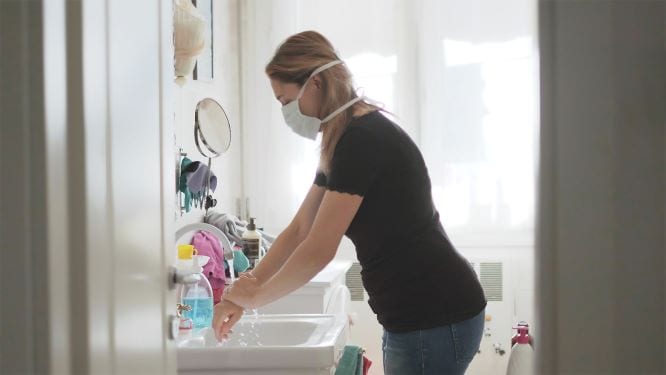
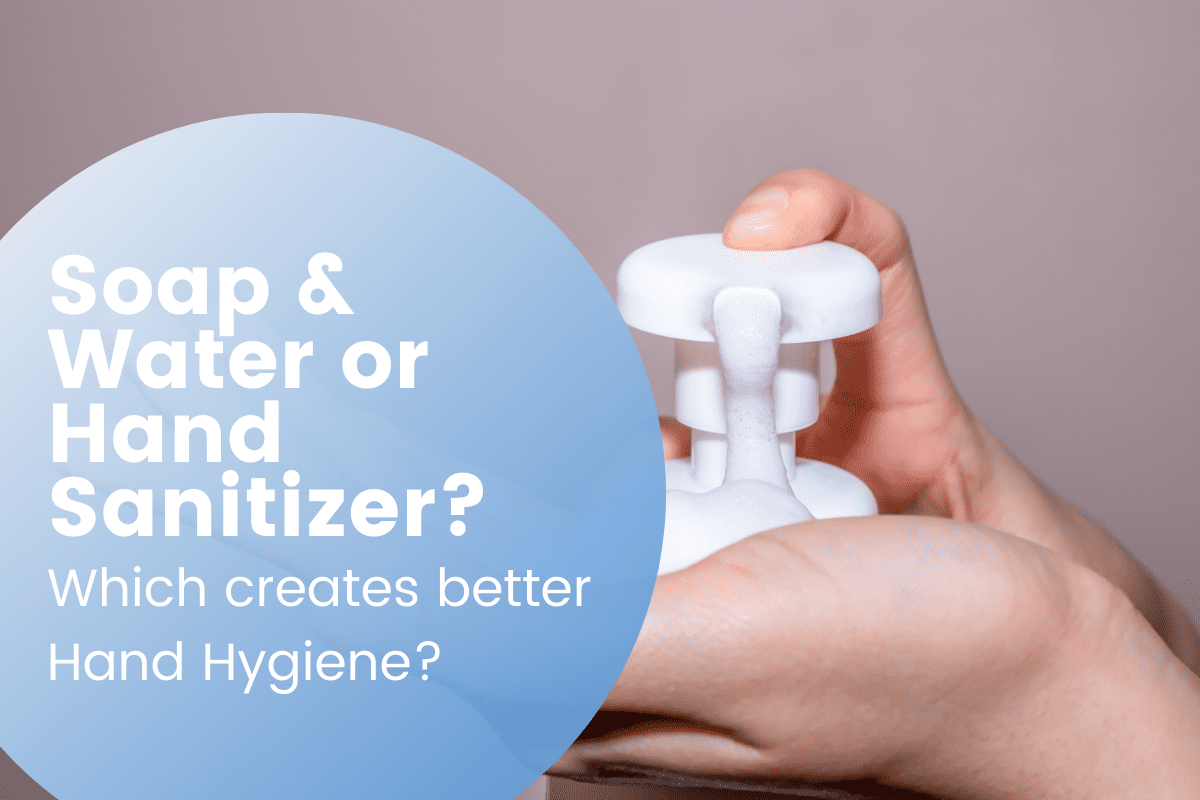

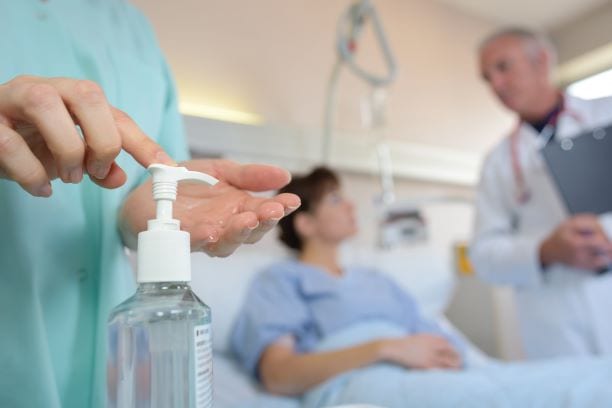
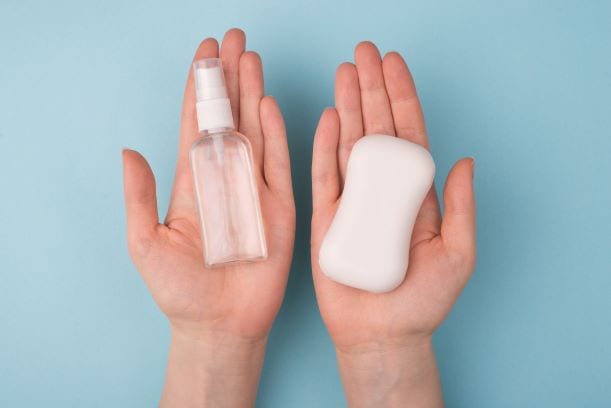 Myth 1: Frequent Hand Washing dries out your skin
Myth 1: Frequent Hand Washing dries out your skin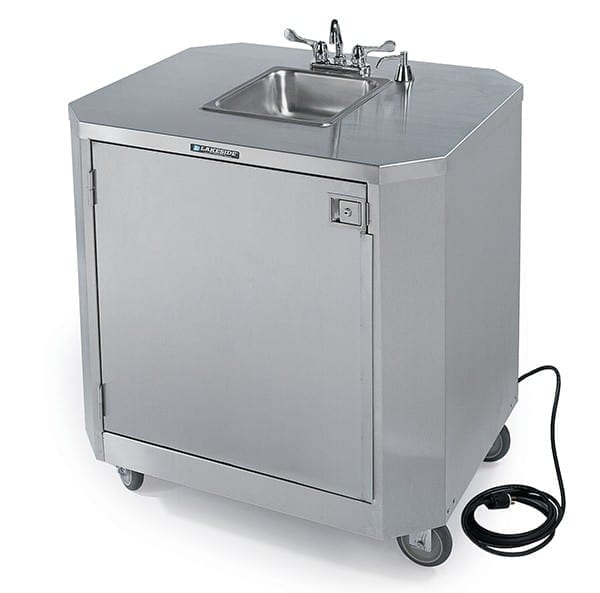
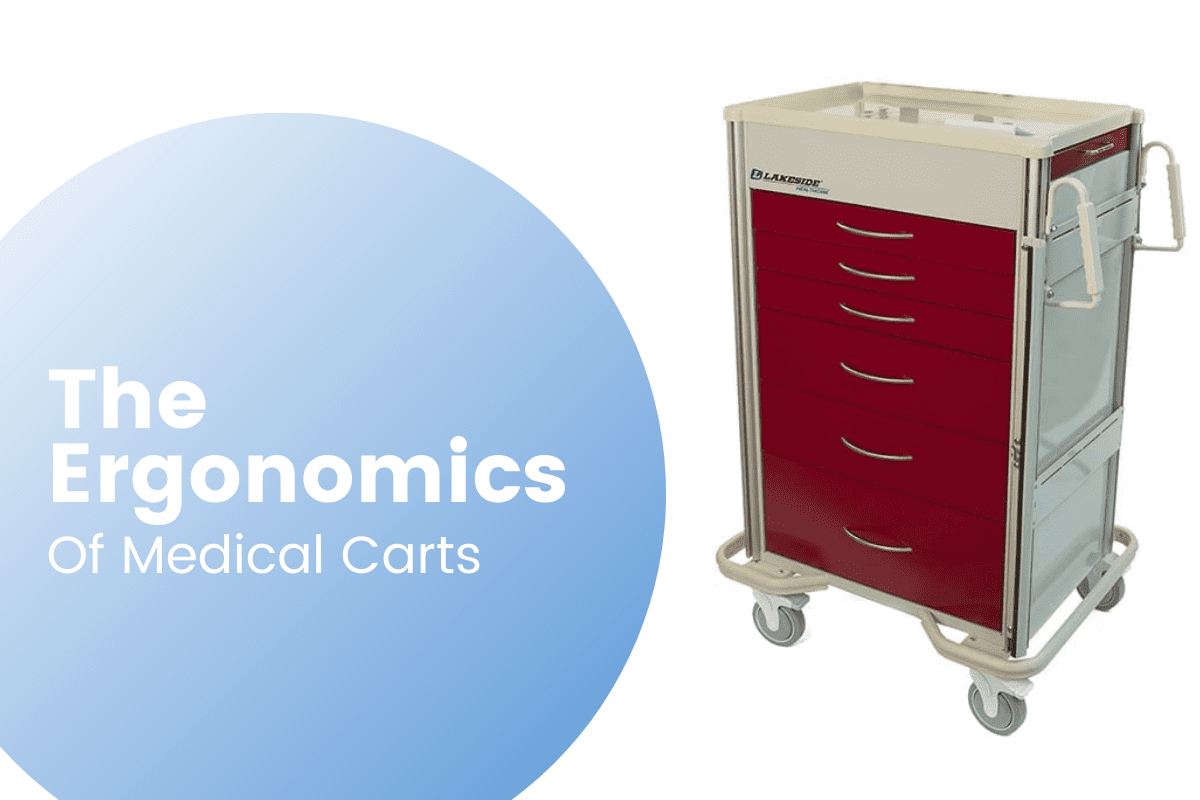

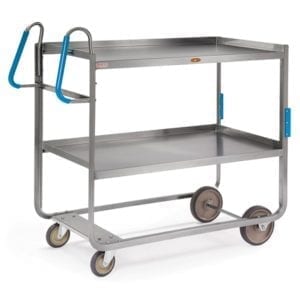
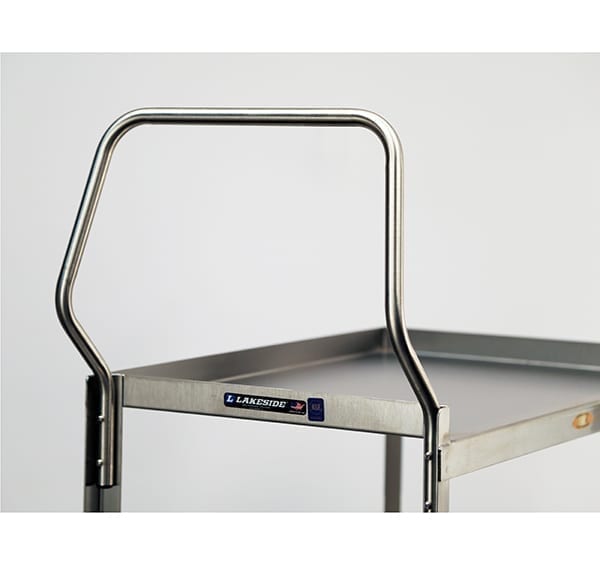
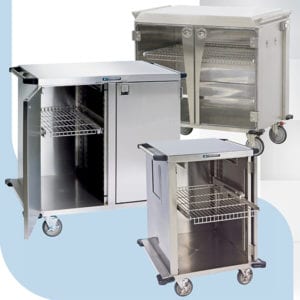
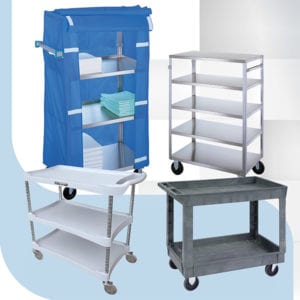
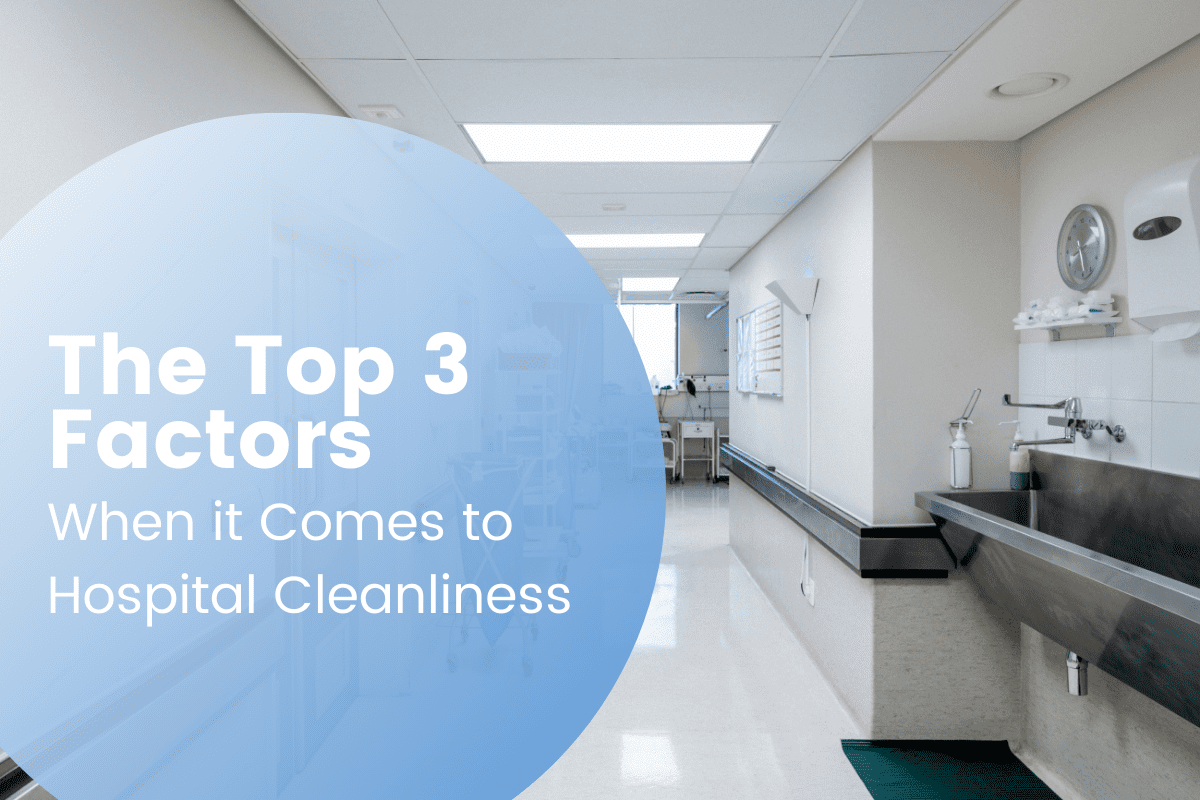

 Objects and surfaces in patient care areas that are handled frequently by several different users are more likely to be contaminated. According to a
Objects and surfaces in patient care areas that are handled frequently by several different users are more likely to be contaminated. According to a  Another key factor in hospital cleanliness was the ability for hospital staff to follow recommended sanitization instructions for items located in the hospital. Specific manufactured items such as IV stands, hospital machinery and hospital carts should be sanitized following the manufacturer’s instructions. Different types of pathogens exist for varying durations depending on the material and are best cleaned with methods specific to the item. Therefore, hospitals should pay close attention to these recommendations rather than using a single uniform method.
Another key factor in hospital cleanliness was the ability for hospital staff to follow recommended sanitization instructions for items located in the hospital. Specific manufactured items such as IV stands, hospital machinery and hospital carts should be sanitized following the manufacturer’s instructions. Different types of pathogens exist for varying durations depending on the material and are best cleaned with methods specific to the item. Therefore, hospitals should pay close attention to these recommendations rather than using a single uniform method.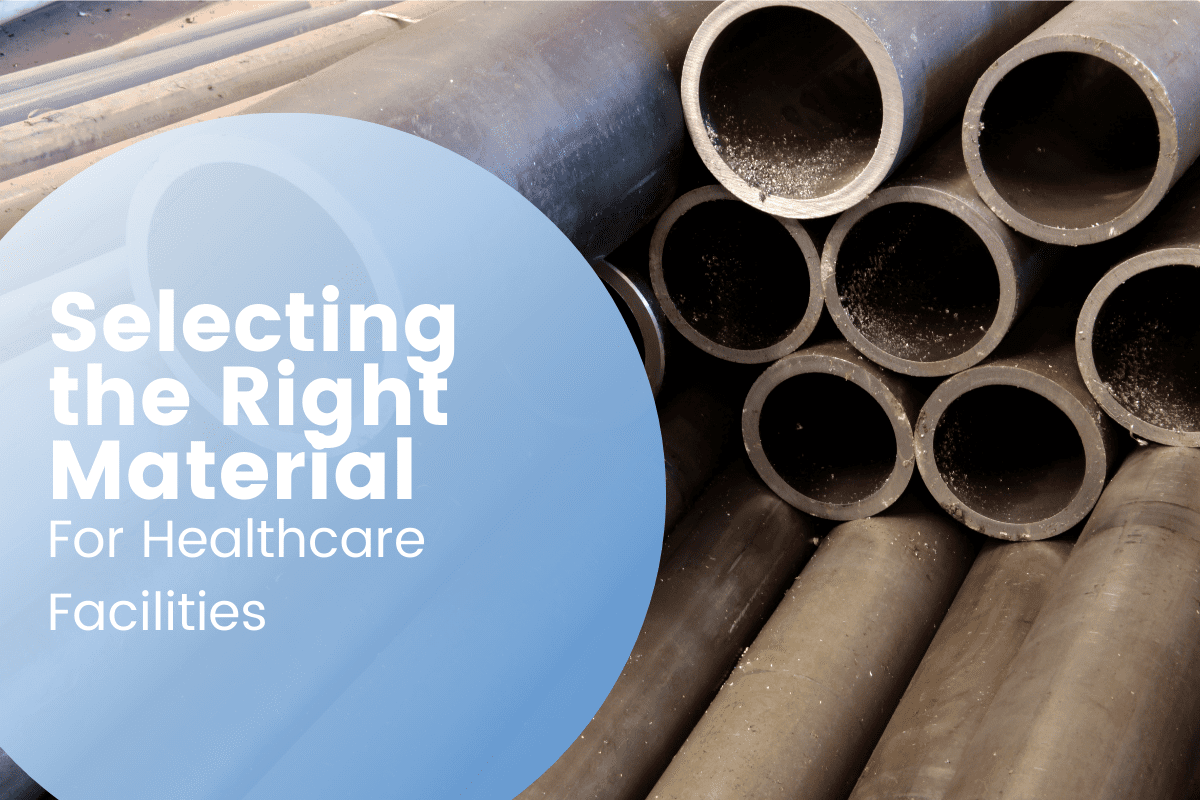
 Some common applications of stainless steel in healthcare facilities include:
Some common applications of stainless steel in healthcare facilities include: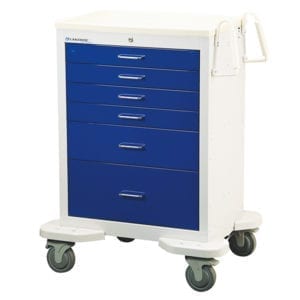 Some common applications of aluminum in healthcare facilities include:
Some common applications of aluminum in healthcare facilities include: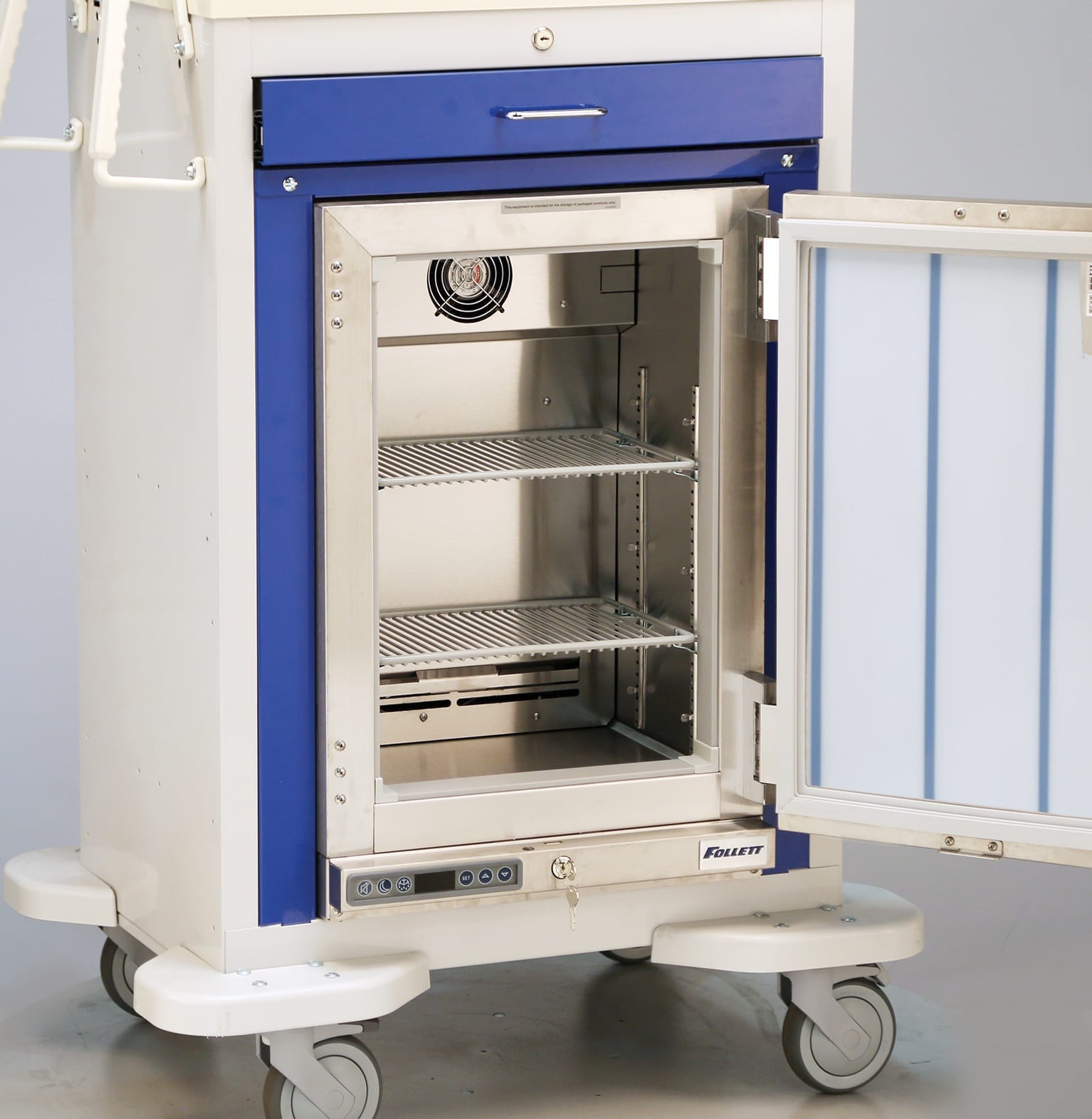 Some common applications of plastics in healthcare facilities include:
Some common applications of plastics in healthcare facilities include: Although copper is not widely used in medical equipment today, it has been getting some buzz in the media lately due to its antimicrobial properties. A
Although copper is not widely used in medical equipment today, it has been getting some buzz in the media lately due to its antimicrobial properties. A  At Lakeside Manufacturing, we works with steel, plastic, aluminum and pretty much anything our customers require. We offer custom solutions to meet your needs, no matter the challenge. Our engineering team has the capabilities to modify existing products or completely custom build medical carts, offering an endless variety of options! With years of design and customer service experience, we thrive on innovation and finding practical solutions to meet your needs. If you’re not seeing the right solution in our standard
At Lakeside Manufacturing, we works with steel, plastic, aluminum and pretty much anything our customers require. We offer custom solutions to meet your needs, no matter the challenge. Our engineering team has the capabilities to modify existing products or completely custom build medical carts, offering an endless variety of options! With years of design and customer service experience, we thrive on innovation and finding practical solutions to meet your needs. If you’re not seeing the right solution in our standard 

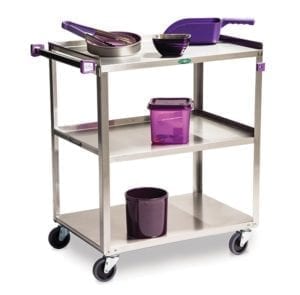 Utility cart models
Utility cart models 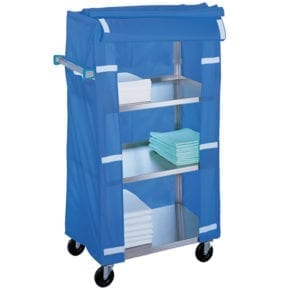 The
The  Lakeside continues to monitor the global environment related to COVID-19 and is taking proactive measures to ensure operations continue to the satisfaction of customers. Visit our
Lakeside continues to monitor the global environment related to COVID-19 and is taking proactive measures to ensure operations continue to the satisfaction of customers. Visit our 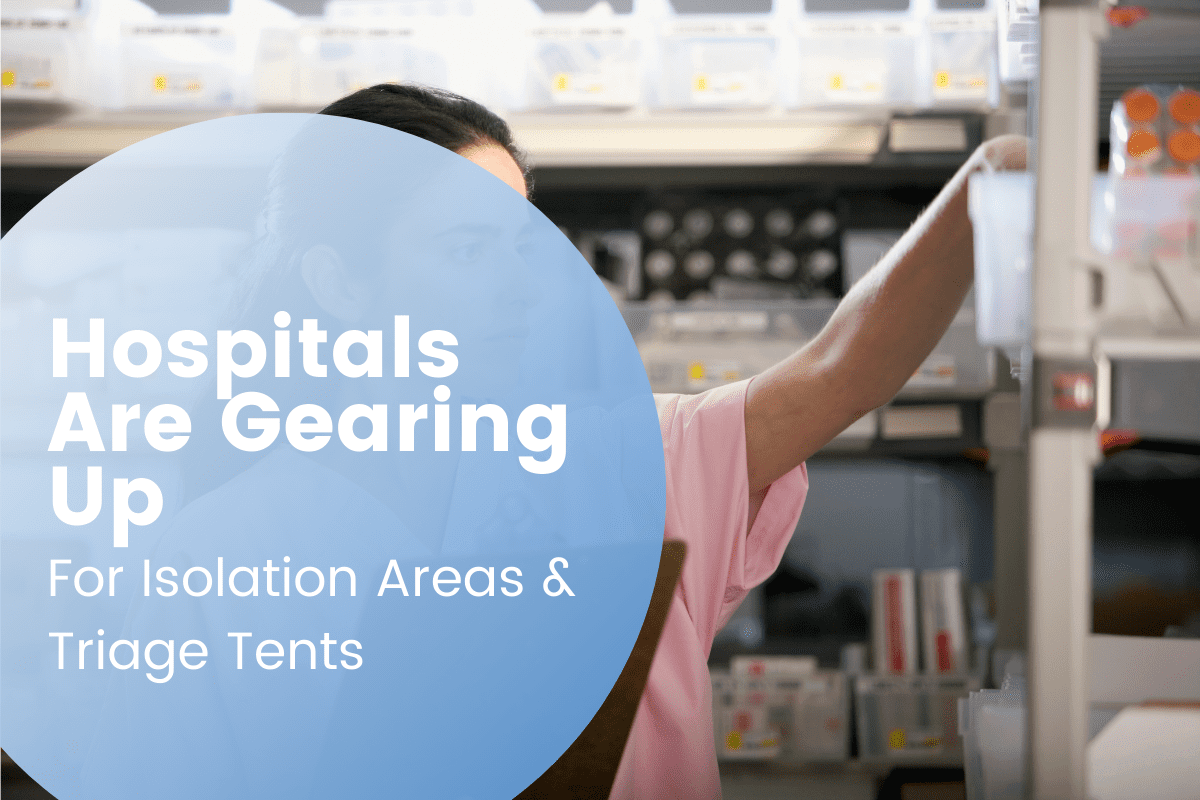
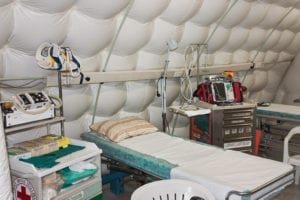
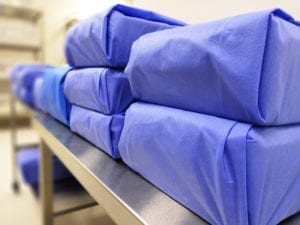
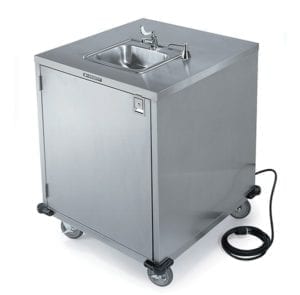
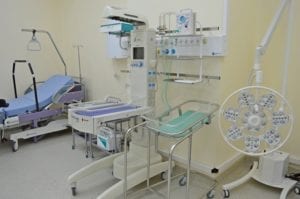 Airborne Infection Isolation Rooms (AIIRs) are a standard for hospitals but many facilities are anticipating that existing capacity will not be sufficient during this time. AIIRs use negative air pressure to prevent airborne illnesses from escaping the room and infecting others. These areas have been used for illnesses such as tuberculosis or measles in the past. With a looming surge of COVID-19 patients, hospitals need to prepare additional space for isolation beyond AIIRs.
Airborne Infection Isolation Rooms (AIIRs) are a standard for hospitals but many facilities are anticipating that existing capacity will not be sufficient during this time. AIIRs use negative air pressure to prevent airborne illnesses from escaping the room and infecting others. These areas have been used for illnesses such as tuberculosis or measles in the past. With a looming surge of COVID-19 patients, hospitals need to prepare additional space for isolation beyond AIIRs.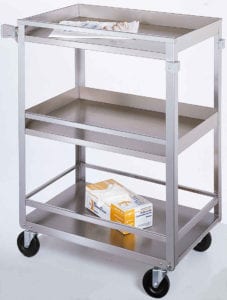

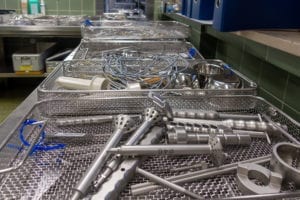
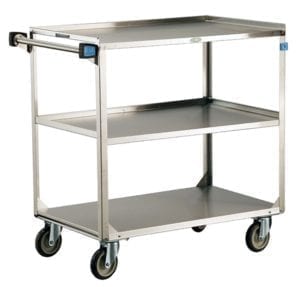 Stainless steel is used for a variety of different medical applications including:
Stainless steel is used for a variety of different medical applications including: